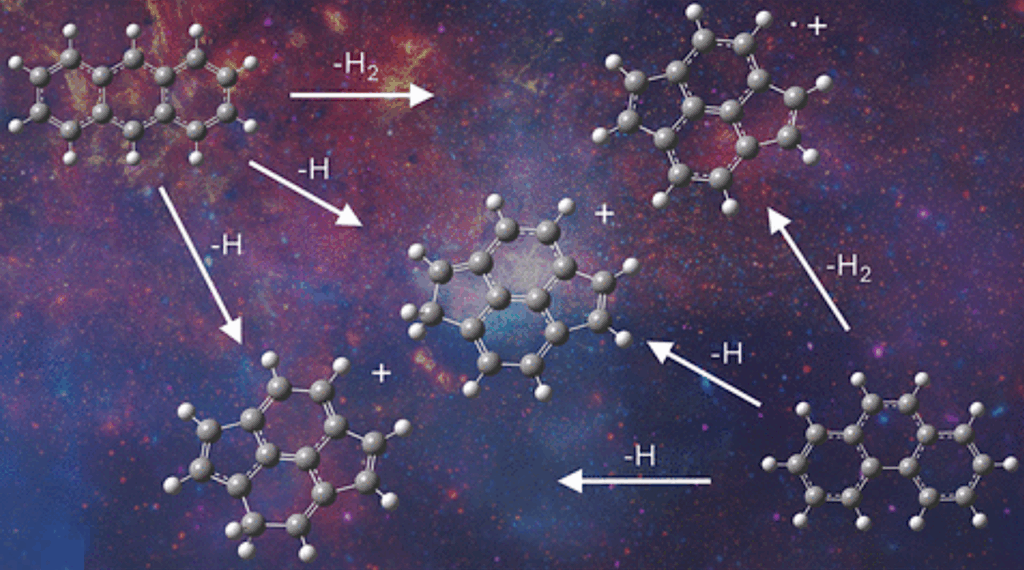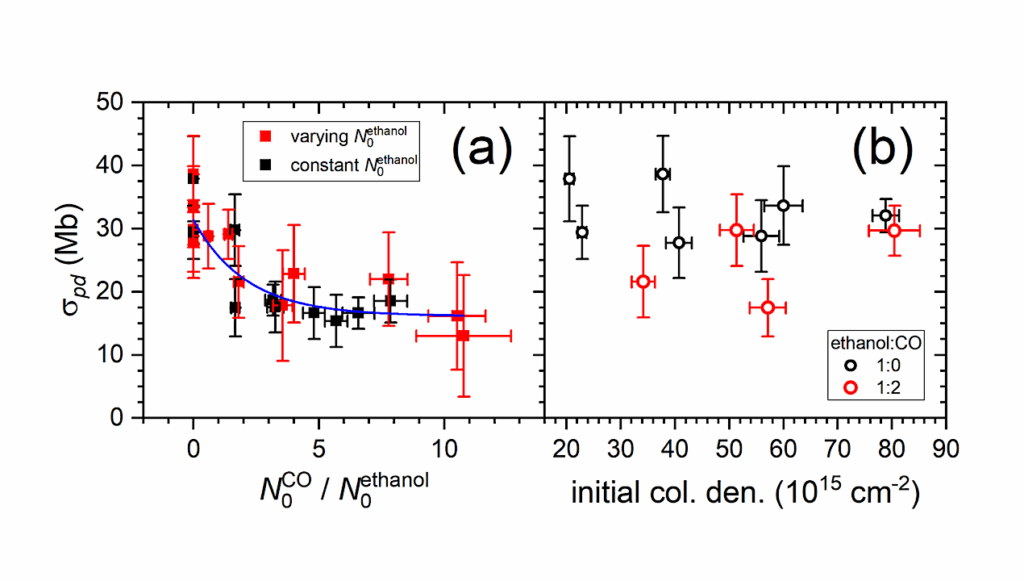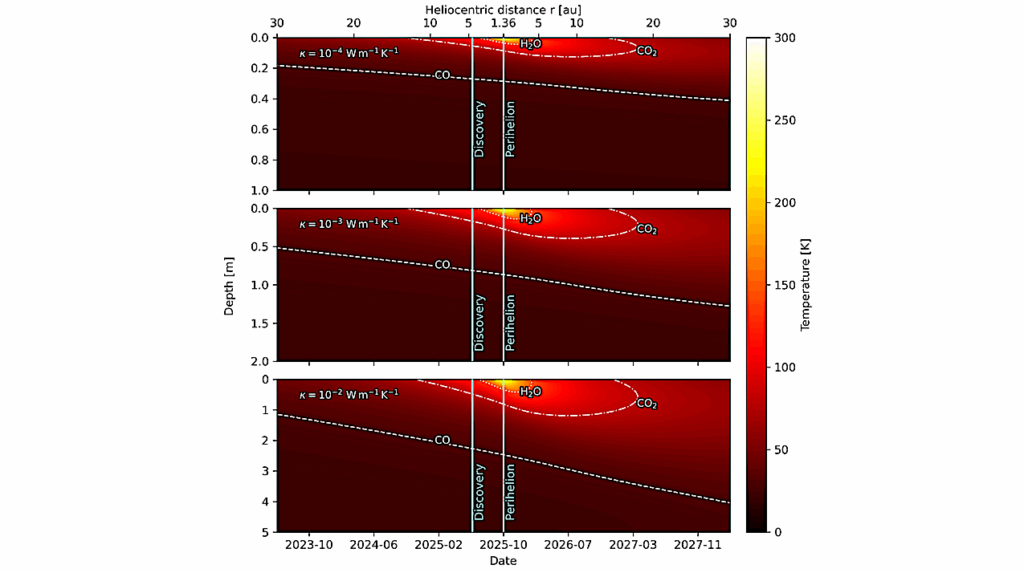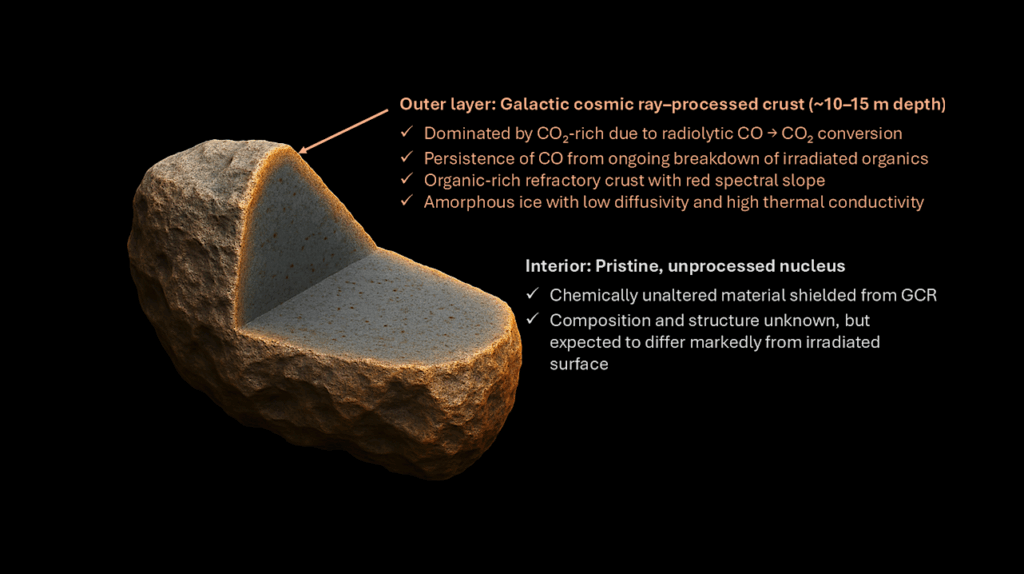Molecular Diversity As A Biosignature
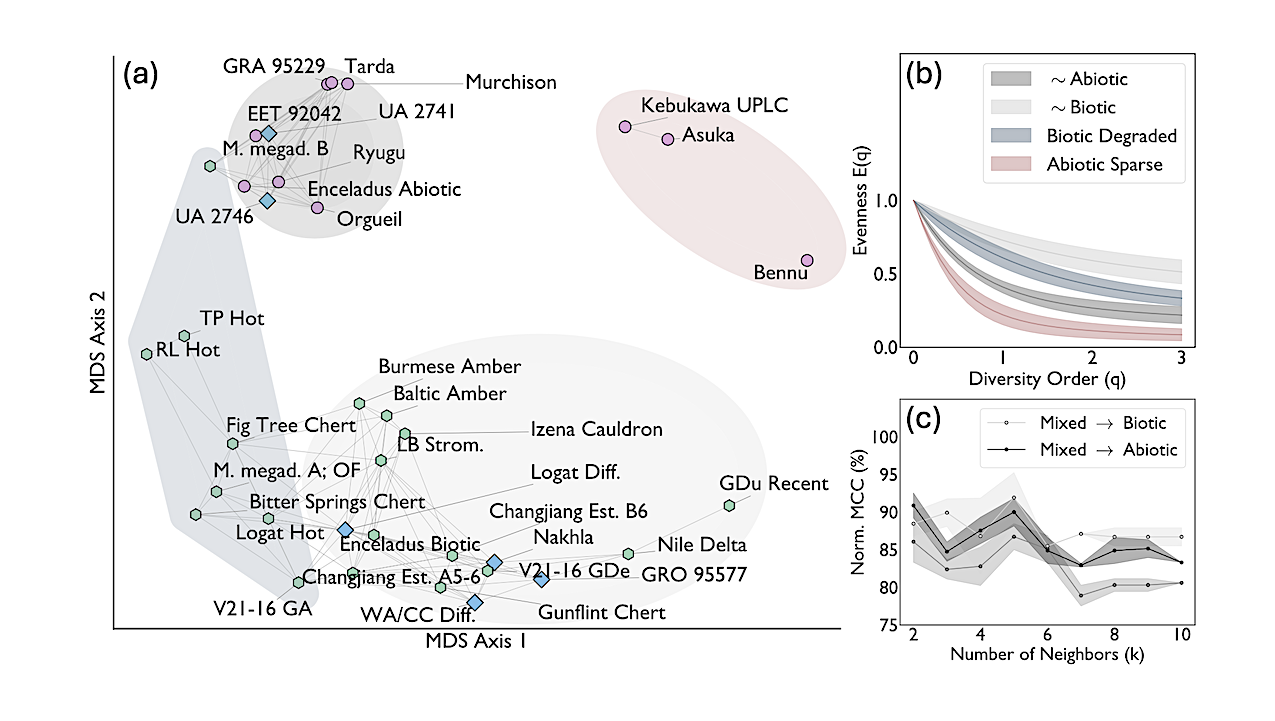
The search for life in the Solar System hinges on data from planetary missions. Biosignatures based on molecular identity, isotopic composition, or chiral excess require measurements that current and planned missions cannot provide.
We introduce a new class of biosignatures, defined by the statistical organization of molecular assemblages and quantified using ecodiversity metrics. Using this framework, we analyze amino acid diversity across a dataset spanning terrestrial and extraterrestrial contexts.
We find that biotic samples are consistently more diverse, and therefore distinct, from their sparser abiotic counterparts. This distinction holds for fatty acids as well, indicating that the diversity signal reflects a fundamental biosynthetic signature. It also proves persistent under space-like degradation.
Relying only on relative abundances, this biogenicity assessment strategy is applicable to any molecular composition data from archived, current, and planned planetary missions. By capturing a fundamental statistical property of life’s chemical organization, it may also transcend biosignatures that are contingent on Earth’s evolutionary history.
Gideon Yoffe, Fabian Klenner, Barak Sober, Yohai Kaspi, Itay Halevy
Subjects: Earth and Planetary Astrophysics (astro-ph.EP); Applications (stat.AP)
Cite as: arXiv:2511.00525 [astro-ph.EP] (or arXiv:2511.00525v1 [astro-ph.EP] for this version)
https://doi.org/10.48550/arXiv.2511.00525
Focus to learn more
Submission history
From: Gideon Yoffe
[v1] Sat, 1 Nov 2025 12:00:15 UTC (2,381 KB)
https://arxiv.org/abs/2511.00525
Astrobiology,


